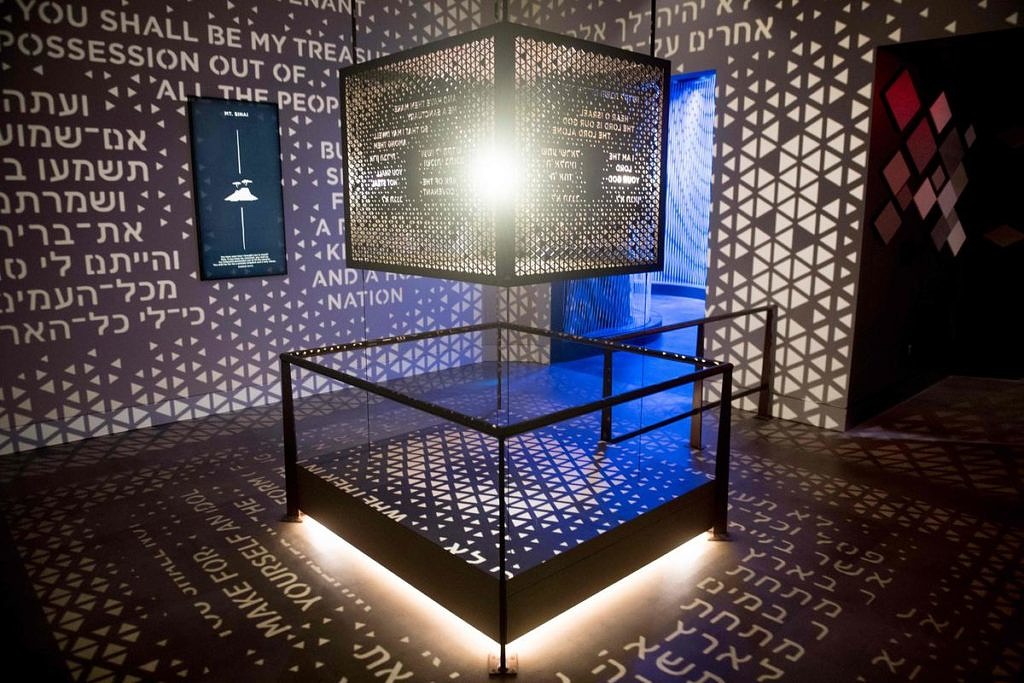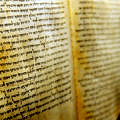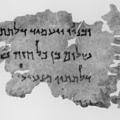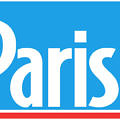National Geographic interviewed me for a paper on fake Dead Sea Scrolls at the Museum of the Bible in Washington, DC.
Journalist Michael Greshko contacted me about his upcoming paper and sent me a report prepared by a company called “Art Fraud insights” and hired by the Museum of the Bible (MOTB) in order to examine their Dead Sea Scrolls for possible forgeries.
The report concludes that all of these scrolls are modern forgeries, which is in line with my own conclusions from 2016. I was indeed the first scholar who argued that they were all fake. Let me briefly sum up how I came up to this conclusion:
- As early as 2007, I expressed doubts as to the authenticity of a new Dead Sea Scroll fragment; I voiced these doubts in a publication that appeared in 2008.
- In 2012, I was asked to study Dead Sea Scrolls in a private collection in Norway, owned by Martin Schøyen. The handwriting on several of these fragments exhibited anomalies. I asked to examine them (I had only been given photographs) and when I saw them (in 2013) I suspected forgeries. I did not say anything because I wanted to find hard evidence. I asked to see them again in 2014, and did find such evidence, which I shared with my Norwegian colleagues. We investigated the matter further and by 2015 we were all convinced that there were a number of forgeries.
- By 2015, one of our team members, Kipp Davis, was working with MOTB in order to publish their Dead Sea Scrolls. He told us that he suspected a couple of them to be forgeries. Alas, he was not allowed to share photographs with us.
- In February 2016, my attention was drawn to a photograph of a Dead Sea Scroll on MOTB’s website, announcing the museum opening (the museum opened late 2017). I immediately recognised the same handwriting that I saw on the forged scrolls in Norway. I called Emanuel Tov, who was supervising the upcoming publication of the MOTB Dead Sea Scrolls, but he was not willing to share photographs with me.
- In March 2016, I told a Newsweek journalist about the likely presence of forgeries among the MOTB Dead Sea Scrolls collection.
- In November 2016, I went to an international conference in the US and saw the book publishing the MOTB Dead Sea Scrolls, which had just appeared. I quickly flipped through the book and was shocked to recognise the same forger’s handwriting on all of the fragments! The same night I told Kipp Davis about it ; he himself suspected a few fragments to be forgeries, but not all of them…
- I prepared a paper that I presented a few months later, in August 2017, at a conference in Berlin (you can still watch the video). I also shared my conclusions to several journalists, including Science and Future, Live Science, Life, Science and Life, La Vanguardia, etc.
- In the meantime, MOTB had decided to test their fragments. Mike Holmes tells me that talks began late 2016 and that five fragments were sent for testing in the Spring of 2017, but that the results came only in October 2018. Ira Rabin, who had been working with us on the Dead Sea Scrolls in the Schøyen collection, performed the tests and confirmed that the five fragments were forgeries.
- Finally, MOTB contracted “Art Fraud insights” to examine all of their fragments. Their report, which was finished in November 2019 but was just announced on Friday (March 13, 2020) by National Geographic, confirms that the scrolls are all modern forgeries… Three years after I said so. 😉
There is one point that I find interesting, however. When the MOTB Dead Sea Scrolls were published, there were only 13 scrolls in the book. By 2017, when I was finally sent photographs, there were 16 fragments. MOTB had purchased 3 additional fragments, too late to include them in the book. 2 of them were almost blank (they had just a few strokes), but the third one (SCR 4769) had a few letters, which were not penned by the same clumsy hand as the other 13 scrolls. If this fragment is a forgery, as suggested in this new report, it was penned by another forger, who is much more skilled. And this would confirm that we must be careful with Dead Sea Scrolls that appear on the antiquities market: even if their handwriting does not exhibit any anomaly, they may have been penned by a skilled forger. As I told Michael Greshko, the National Geographic journalist, I would like to have more testing done on this particular fragment. If additional research confirms that it is a forgery, then I suspect that a few other fragments, which were not penned by the clumsy forger whose handwriting I now know well, may nonetheless be forgeries (e.g. the Joel fragment in the Schøyen collection or the Leviticus fragments at the IAA), perhaps made by the same skilled forger.
So, the story is not over… Stay tuned for more news on forgeries! 😉
 En
En Fr
Fr




